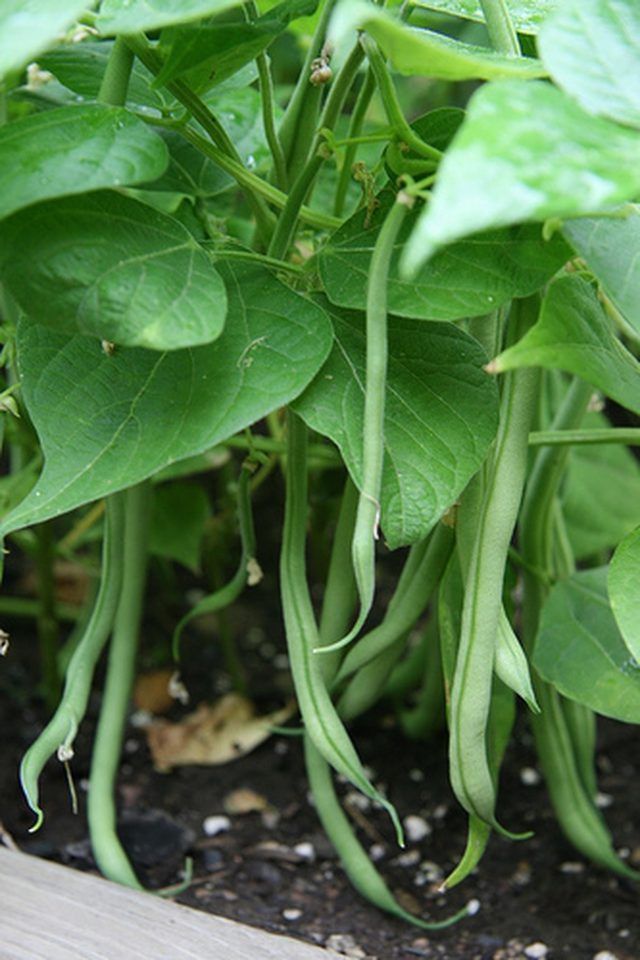Bulbs
Flower Basics
Flower Beds & Specialty Gardens
Flower Garden
Garden Furniture
Garden Gnomes
Garden Seeds
Garden Sheds
Garden Statues
Garden Tools & Supplies
Gardening Basics
Green & Organic
Groundcovers & Vines
Growing Annuals
Growing Basil
Growing Beans
Growing Berries
Growing Blueberries
Growing Cactus
Growing Corn
Growing Cotton
Growing Edibles
Growing Flowers
Growing Garlic
Growing Grapes
Growing Grass
Growing Herbs
Growing Jasmine
Growing Mint
Growing Mushrooms
Orchids
Growing Peanuts
Growing Perennials
Growing Plants
Growing Rosemary
Growing Roses
Growing Strawberries
Growing Sunflowers
Growing Thyme
Growing Tomatoes
Growing Tulips
Growing Vegetables
Herb Basics
Herb Garden
Indoor Growing
Landscaping Basics
Landscaping Patios
Landscaping Plants
Landscaping Shrubs
Landscaping Trees
Landscaping Walks & Pathways
Lawn Basics
Lawn Maintenance
Lawn Mowers
Lawn Ornaments
Lawn Planting
Lawn Tools
Outdoor Growing
Overall Landscape Planning
Pests, Weeds & Problems
Plant Basics
Rock Garden
Rose Garden
Shrubs
Soil
Specialty Gardens
Trees
Vegetable Garden
Yard Maintenance
How to Plant Dried Soup Beans
How to Plant Dried Soup Beans. Most people don't know that regular dried soup beans can be planted and grown into producing bean plants. Planted pinto beans and black beans grow into a plant that will produce quite tender and delicious green beans if picked while they are still immature (like most green beans). There is no need to buy garden seeds...

Most people don't know that regular dried soup beans can be planted and grown into producing bean plants. Planted pinto beans and black beans grow into a plant that will produce quite tender and delicious green beans if picked while they are still immature (like most green beans). There is no need to buy garden seeds when you already have them sitting in your pantry. Kids love this kind of project because the beans grow quickly and produce yummy finger food.
Things You'll Need
Dry soup beans
Garden space for planting
Water
Decide how many bean plants you would like to have based on the amount of room you have in the garden. Basically figure on planting a bean every 3 inches in rows running north to south and at least 12 inches apart. Measure out your space in inches and divide it by 3 to get the total number of beans to plant. Now add about 25 percent to that number in case some do not sprout.
Soak the beans overnight in a container so that they are immersed in water. Drain them the next day when you are ready to plant them.
Loosen up the soil to a depth of 3 or 4 inches with a hoe, removing any rocks or sticks. Mark the row with a string stretch between two sticks and pushed into the ground at either end of the row.
Bury the damp beans carefully into a hole about 1 inch deep made either by your finger or by a pencil or stick. Push the dirt from the side to cover the hole and gently tamp down.
Sprinkle the row with a fine stream of water so as not to wash away the dirt, exposing the bean. After a few days, the beans should emerge as little sprouts. A few weeks later, you should see blossoms and then quickly, small beans. Pick them while they are thin and straight, before the beans inside start bulging.
Tips & Warnings
Plant a new row of beans in another 2 or 3 weeks for successive harvests.
Keep the beans picked to encourage new growth.